Scientific News #6 - Fact-astic New Year's Eve Edition!
Scientific News #6
In celebration of New Year's Eve I will not present current top research results, but I'd like to dedicate this edition of my Scientific News Series to a number of stinky, cracking and smoky facts about chemistry and the chemical industry. Enjoy! :)
Fact 1
55 parts of barium nitrate, 5 parts of aluminum powder, 25 parts of iron powder as well as 15 parts of the starch degradation product dextrin. These are the ingredients for making the basic compo of sparklers.
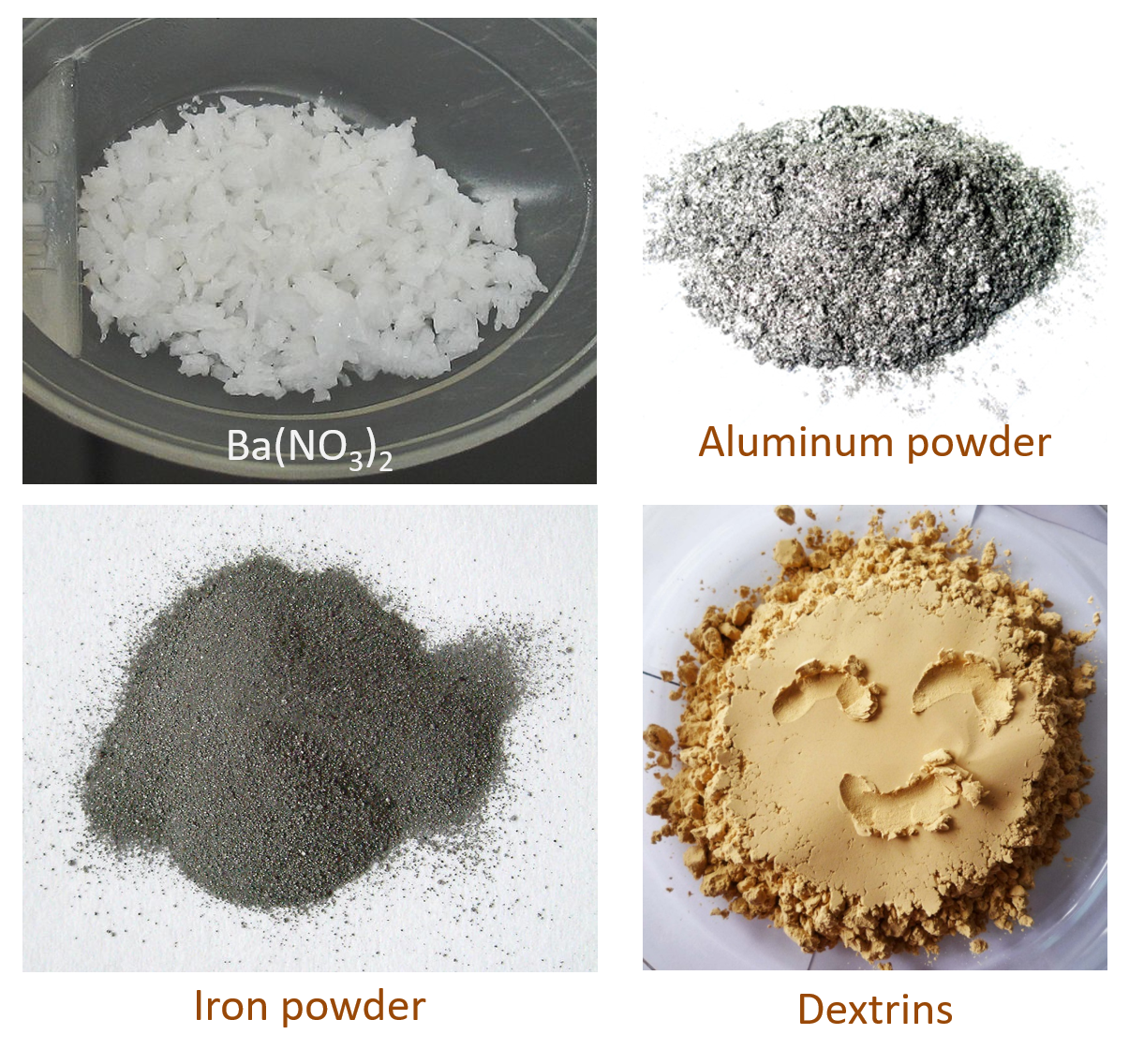
Image Sources: 1, 2, 3, 4
The ingredients must be mixed in boiling water and then dried. After the drying step, it is necessary to stabilize the mass with Collodium coating - a mixture of cellulose nitrate in ethanol and ether. If this mass is applied to wires and ignited, you have beautiful - and as usual: smelling - sparklers!

Image Source
Fact 2
In 1866 twenty-two companies came together and founded the "society for monitoring and insurance for steam boilers with its' main office in Mannheim". With this step the contractors responded to an explosion in which one worker was killed and several others were injured. The accident happened in a brewery and was due to a crack in the shell of a steam boiler.
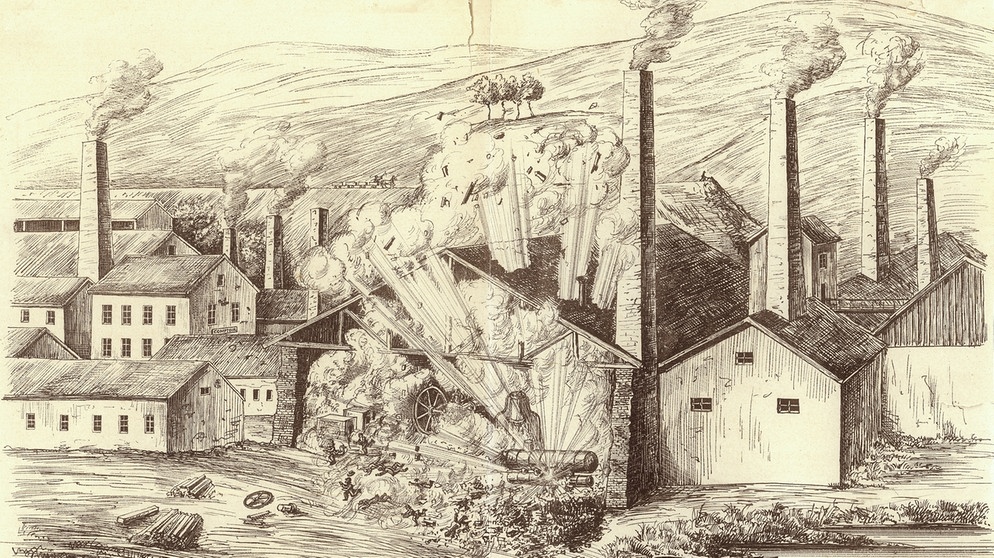
Image Source
This was the start of the in Europe well-known, security controls performing technical inspection association TÜV Süd. So thank you for checking our work safety for more than 150 years now!
Fact 3
In September 1921, two detonations shook the nitrogen plant in Oppau, Germany. The fertilizer silo that contained over 4,500 tonnes of ammonium sulfate nitrate exploded! This is what remained:
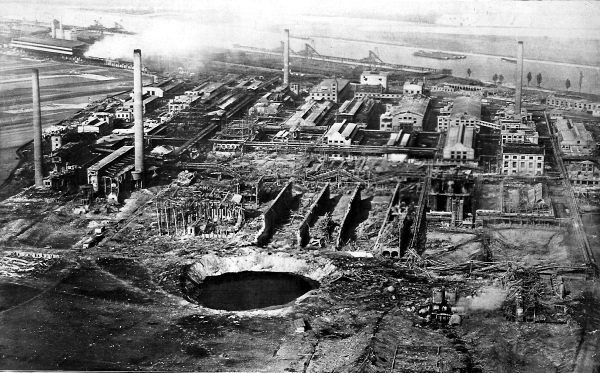
Image Source
From Oggersheim to Worms and from Mannheim to Heidelberg, walls were torn and roofs lost their tiles. Even trams jumped off the rails! The blast caused windows to shake within a radius of 80 km. Even in northeastern France and even more than 300 km away in Munich, two dull blows were heard.
561 people died and about 2000 suffered burns. It is still the largest chemical disaster of BASF. And this is how it should stay.
Fact 4
In 1889, scientists deliberately made larger amounts of thioacetone. For this substance already a relatively small amount feels like a very large quantity, because it stinks massively! Within a radius of 3 to 4 kilometers the smell spread. It stank so heavily that the researchers were forced to stop their experiments after a storm of complaints from local residents. So it may not be the most popular and beloved compound of our universe. :)
Fact 5
700 milliliters of pig urine and 400 grams of its' feces were the raw materials that Akio Yasuhara used in 1983 at the University of Tokyo to extract elemental sulfur. It took him 2 weeks and he got a proud amount of 3.35 grams of the desired product! - Stinky chemistry, but very much based on sustainable ressources. :)
If you enjoyed this article, I would be happy if you consider upvoting or restreeming to promote my work. And of course:
mountain.phil28
Sources:
- Nachrichten aus der Chemie, 2017, 65, 11, pp. 1122
- Explosion des Oppauer Stickstoffwerkes, Wikipedia Article
For previously presented topics have a look at:
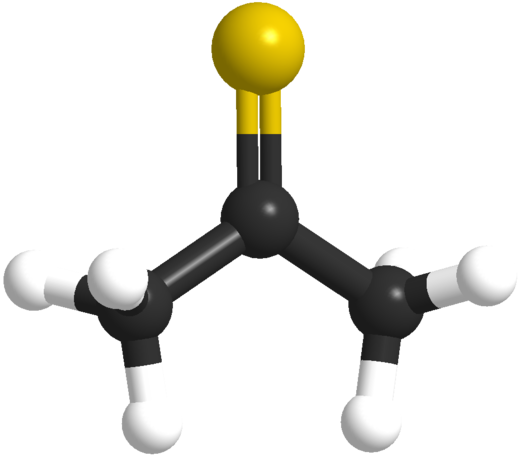
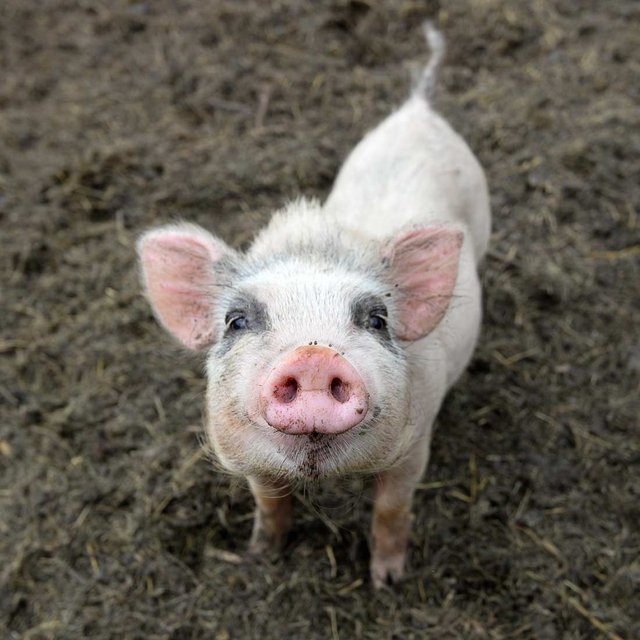
good your post.thanks for sharing
great post,,, thanks for sharing, following up voted
Thank you very much! - Support keeps me working. :)